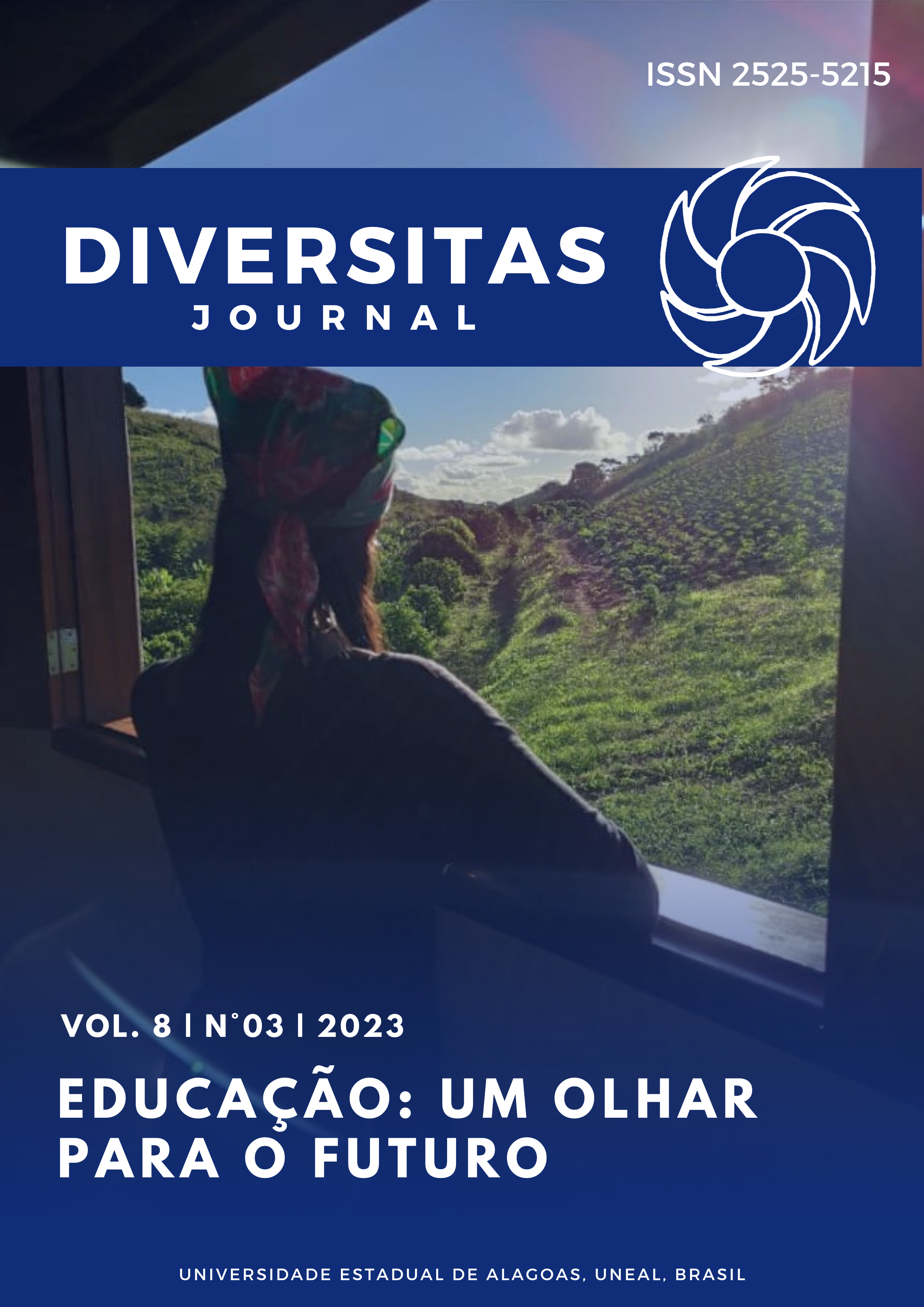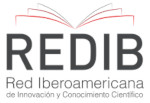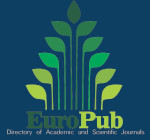Analysis on Code Switching Manifested by Filipino High School Teachers
DOI:
https://doi.org/10.48017/dj.v8i3.2669Palavras-chave:
Types and patterns of Code-Switching, quality education, Filipino Teachers, Taglish, Discourse TheoryResumo
As Filipinas como arquipélago são uma comunidade multilíngue, portanto, analisar discursos é vantajoso para seus estudiosos. Assim, os pesquisadores extraíram os discursos dos entrevistados em suas aulas online e investigaram os tipos e padrões de ocorrências de troca de código entre 9 professores por meio de análises qualitativas e quantitativas. Eles adaptaram a tipologia de Poplack (1980) e Myers-Scotton (1989). Poplack classificou a troca de código em tag, intersentential e intrasentential, mas mais tarde, Myers-Scotton adicionou intraword. Na análise dos padrões, os pesquisadores consideraram os padrões de troca de código de Muysken (2000), ou seja, inserção, alternância e lexicalização congruente. No entanto, devido às limitações desses padrões, apenas a inserção é utilizada e os pesquisadores a modificaram para se adequar ao contexto deste estudo. Estes são Ilokolish, Taglish e Ilocotaglish – todos são formas de inserção com uso alternativo de idiomas. A troca de código intrasentencial tem o maior número de ocorrência (471) entre os enunciados dos instrutores em sala de aula, seguida da intersentencial (122), tag (45) e intrapalavra (24). Quanto aos padrões, o taglish (346) ocorre com mais frequência entre os códigos mistos de enunciados dos professores em sala de aula, seguido pelo ilocolês (186) e ilocotaglish (57). Conclui-se, portanto, que a troca de códigos com diferentes padrões e tipos ocorre nas aulas do ensino médio filipino não apenas pelos alunos, mas também pelos professores. O uso da alternância de código nas aulas do ensino médio é benéfico para professores e alunos. Assim, este artigo pode ajudar os professores, independentemente de sua área de estudo, a determinar o contexto adequado da mudança. Sua compreensão dos discursos dos alunos pode orientá-los a planejar suas aulas para uma interação mais eficaz em sala de aula, levando a uma educação de qualidade.Métricas
Referências
Aeclub. (2011). English - a renewable resource. Retrieved on December 27, 2021from http://english.com/english-a-renewable-resource.
Bautista, M. (1999). An analysis of the functions of Tagalog-English code switching: data from one case. Manila: Linguistic Society of the Philippines.
Bernardo, A. (2007). Bilingual code switching as a resource for learning and teaching: Alternative reflections on the language and education issue in the Philippines. Manila: Linguistic Society of the Philippines.
Boztepe E. (2005). Issues in code switching: competing issues and models. Retrieved on December 25, 2021 from http://journals.tc- library.org/index.php/tesol/article/download/32/37.
Espiritu, C. (2008). Language policies in the Philippines. Retrieved on December 26,2011from http://www.ncca.gov.ph/about-culture-and-arts/articles-on-c-n a/artic.
Gee, J. P. (1999). An introduction to discourse analysis: theory and method. London and New York: Routledge.
Jingxia, L. (2010). Teachers’ code-switching to the l1 in ESL classroom. Retrieved on December 12, 2021 from http://www.benthamscience.com/open/toalj/articles/V003/10TOALJ.pdf.
Kumaravedivelu, B. (1999). Critical classroom discourse analysis. TESOL Quarterly, 33(3), 453-484.
Manan, S. A., David, M. K., Dumanig, F. P., &Channa, L. A. (2017). The glocalization of English in the Pakistan linguistic landscape. World Englishes. 36(4), 645-665.
McLellan and Chua-Wong. (2002). Two Languages in the Classroom: Clashing Codes or Coexistence?
Muysken, P. (2000). Bilingual speech: a typology of code-mixing. Cambridge: Cambridge University Press.
Myers-Scotton, C. (1989). Code switching with English: types of switching, types of communities. World Englishes, 8, (3), 333-346.
Poplack, S. (1980). Sometimes I’ll start a sentence in Spanish Y TERMINO ESPANOL: toward a typology of code-switching. Linguistics. Vol. 18, Nos. 7/8, 581-618.
Rafael, V. (2008). Taglish, or the phantom power of the lingua franca. Manila: Anvil Publishing.
Rimando. T. (2011). Stop using ‘Taglish,’ teachers, students told. Retrieved on December 26, 2021 from http://www.scribd.com/doc/53069313/Applied-Ling-1.
Saville-Troike, M., & Barto, K. (2017). Introducing Second Language Acquisition. Cambridge University Press.
Syafii, M. L. (2021). Utilizing Picture-Based Story-Telling Technique to Enhance the Speaking Skill. ETERNAL (English, Teaching, Learning and Research Journal). Vol 7, No. 2
Shah et. al. (2020). Identity Construction through Code-Switching Practices at a University in Pakistan. GEMA Online® Journal of Language Studies. 20(4), 1-17
Shah, M., Pillai, S., & Sinayah, M. (2019). Translanguaging in an academic setting. Lingua. 225, 16-31.
Shohamy, E. (2006). Language policy: hidden agendas and new approaches. Suffolk: Routledge.
Thompson, R. (2003). Filipino English and Taglish - Language switching from multiple perspectives. Philadelphia: John Benjamin Publishing Company.
Valdez, P. (2010). Powerless in policy, powerful in practice: Critical insights on pedagogical code switching in the Philippine context. Retrieved on December 25, 2011 from www.dlsud.edu.ph/.../PEDAGOGICAL%20CS.
Vihman, M. (1985). Language differentiation by the bilingual infant. Journal of Child Language. Retrieved on January 20, 2022 from https://www.cambridge.org/core/journals/journal-of-child-language/article/abs/language-differentiation-by-the-bilingual infant/23B1A26E23702EB6C668E8A05C35AAF8
Villadarez, C. (2021). Analysis on Code-switching in Pinoy Songs. International Journal of Linguistics, Literature and Translation, 4(10), 148-158. https://doi.org/10.32996/ijllt.2021.4.10.18
Villareal, C. (2002). Re-searching language teaching. ACELT Journal, 6(2), 33-37.
Yletyinen, H. (2004). The functions of code switching in EFL classroom discourse. Retrieved December 19, 2021 from https://jyx.jyu.fi/dspace/bitstream/handle/123456789/7407/G0000707.pdf.
Yim, O. & Clement, R. (2019) “You’re a Juksing”: Examining Cantonese-English code-switching as an index of identity. Journal of Language and Social Psychology. (4), 479-495
Downloads
Publicado
Como Citar
Edição
Seção
Licença
Copyright (c) 2023 Louie Villanueva, Gamiao Bert

Este trabalho está licenciado sob uma licença Creative Commons Attribution 4.0 International License.
O periodico Diversitas Journal expressa que os artigos são de unica responsabilidade dos Autores, conhecedores da legislação Brasileira e internacional. Os artigos são revisados pelos pares e devem ter o cuidado de avisar da possível incidencia de plagiarismo. Contudo o plagio é uma ação incontestavel dos autores. A Diversitas Journal não publicará artigos com indicios de Plagiarismos. Artigos com plagios serão tratados em conformidade com os procedimentos de plagiarismo COPE.
A violação dos direitos autorais constitui crime, previsto no artigo 184, do Código Penal Brasileiro:
“Art. 184 Violar direitos de autor e os que lhe são conexos: Pena – detenção, de 3 (três) meses a 1 (um) ano, ou multa. § 1o Se a violação consistir em reprodução total ou parcial, com intuito de lucro direto ou indireto, por qualquer meio ou processo, de obra intelectual, interpretação, execução ou fonograma, sem autorização expressa do autor, do artista intérprete ou executante, do produtor, conforme o caso, ou de quem os represente: Pena – reclusão, de 2 (dois) a 4 (quatro) anos, e multa.”















.png)




